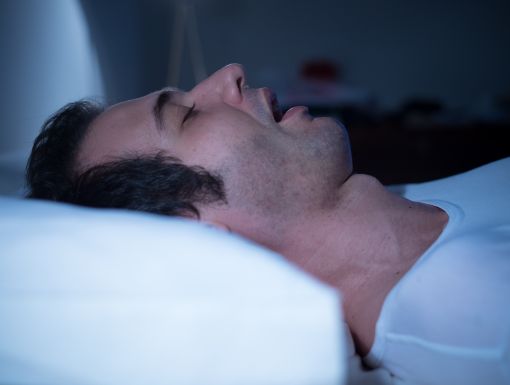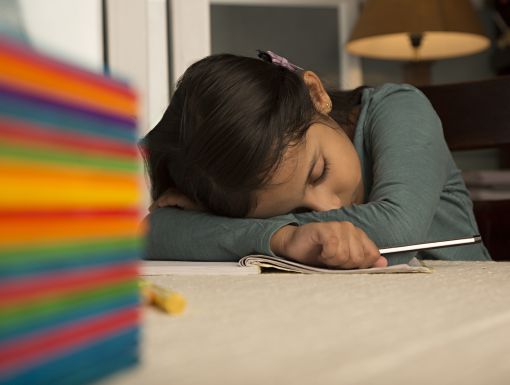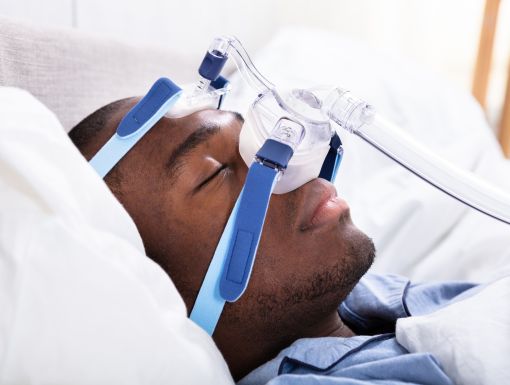
Sleep Apnea in Children: 5 Things to Know
Sleep apnea is more common in adults, but sleep apnea can also affect children. Here are five things to know about sleep apnea including signs, symptoms and treatment options.
What is sleep apnea?
Sleep apnea is a sleep disorder that results in a person stopping breathing while they’re asleep. The muscles of the upper airway relax when they fall asleep and as a result the airway can repeatedly become blocked, which limits the amount of air that reaches the lungs.
Symptoms of sleep apnea
Snoring is a common sign of sleep apnea. While some people are prone to snoring because of the anatomy of their neck, and other factors, snoring is one of the most common symptoms of sleep apnea. The type of snoring associated with sleep apnea is often loud and accompanied by choking, snorting or gasping. Other symptoms of untreated sleep apnea include the following:
- Restless and interrupted sleep
- Difficulty waking up in the morning
- Silent breathing pauses
- Heavy breathing while sleeping
- Choking or gasping while asleep
- Morning headaches
- Dry mouth upon awakening
- Difficulty staying asleep or returning to sleep
- Irritability and behavioral problems
- Memory impairment
- Lack of energy
- Daytime sleepiness or tiredness
- Sleeping in strange positions
- Bedwetting
- Sleep walking
- Night terrors
- Falling asleep during the day
- Difficulty paying attention
- Hyperactivity
Effects of sleep apnea
The repetitive episodes of drops in oxygen and waking can disrupt sleep and cause your child’s body to work harder during sleep. With sleep apnea the body wakes up numerous times throughout the night, even though the person experiencing apnea may not be conscious of each awakening. This means your child may be sleepy and or always feel tired during the day, which can affect performance at school and negatively impact their emotions.
Untreated sleep apnea can lead problems with behavior, growth, learning, and in severe cases, heart and lung problems.
Treatments for sleep apnea
Sleep apnea is diagnosed through a sleep study. During a sleep study, your child’s doctor will observe things like their movement and sleep positions, snoring, breathing patterns, brain waves, blood oxygen levels and carbon dioxide levels, heart rate and eye movements. Sleep studies are painless, and your child will only need to spend the night in a sleep center to participate.
After your child is diagnosed, your child’s doctors will determine the best treatment option. Depending on your child’s situation, some treatment options may include:
- Continuous positive airway pressure therapy (also commonly known as CPAP) is a common treatment for sleep apnea. With CPAP therapy, your child will wear a mask during their sleep that is connected to a machine that pumps air to open their airways.
- In some cases, surgery may be necessary to remove the tonsils or other structures if they are too large and are blocking your child’s airways.
- A weight loss plan may also be appropriate if weight is a contributing factor to your child’s sleep apnea.
Treatment of sleep apnea can be complex and often requires a multi-disciplinary team including pulmonologists, sleep medicine doctors, surgeons, dieticians and nutritionists.
Learn more about Maria Carratola, MD and Pediatric Otolaryngology at Ochsner Health.



